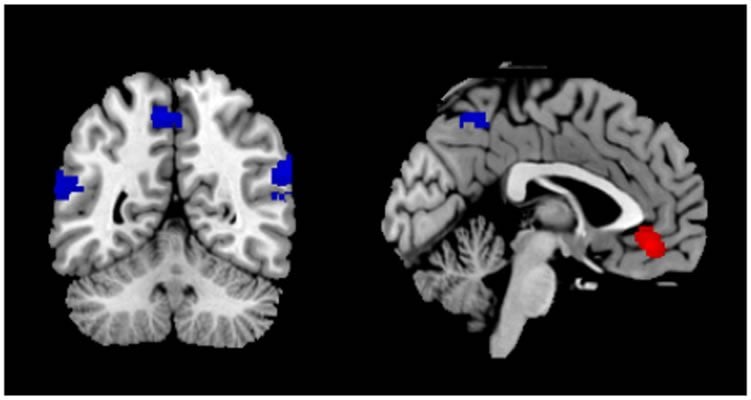When we listen to stories, we immerse ourselves into the situations described and empathise with the feelings of the characters. Only recently has it become possible to find out how exactly this process works in the brain. Roel Willems and Annabel Nijhof have now succeeded using an fMRI scanner to measure how people listen to a literary story. Scientific journal PLOS ONE publishes the results on February 11.
Everybody immerses themselves in stories in their own way. However, due to technological limitations, how we comprehend literature has only previously been studied at a group level without looking at individual differences. Willems and Nijhof show in this study that people focus on different aspects of the story when listening to literature.
Audiobooks in the fMRI scanner
Participants listened to chapters of different audiobooks, for example Island Guests by Vonne van der Meer and Thaw by Rascha Peper. Roel Willems of the Donders Institute at Radboud University says, ‘We found that there were strong individual preferences; some participants were particularly focused on understanding the intentions and feelings of the main character, while other participants were much more focused on visualising the actions of the characters.’
Empathising with literature
‘Most people can both empathise with feelings as well as imagine the visual surroundings and the actions of the characters,’ according to Willems, ‘but our fMRI results show that each subject has a preference for one over the other.’ This neuroscientific study is one of the first to prove individual differences when it comes to empathising with literature.

Words, sentences, stories
This study is also unique because Willems studies ‘real’ language, i.e. language used in everyday life. ‘Language in the brain is often studied by providing subjects with individual words and sentences. But, of course, language is much more than that! We let our participants listen to longer stories. This makes our publication a good example of brain research studying language that is very similar to the language people actually use.’
Contact: Annabel Nijhof – Radbound University
Source: Radbound University press release
Image Source: The image is credited to Annabel D. Nijhof/Roel M. Willems/PLOS ONE and is adapted from the open access research paper
Original Research: Full open access research for “Simulating Fiction: Individual Differences in Literature Comprehension Revealed with fMRI” by Annabel D. Nijhof and Roel M. Willems in PLOS ONE. Published online February 11 2015 doi:10.1371/journal.pone.0116492
Simulating Fiction: Individual Differences in Literature Comprehension Revealed with fMRI
When we read literary fiction, we are transported to fictional places, and we feel and think along with the characters. Despite the importance of narrative in adult life and during development, the neurocognitive mechanisms underlying fiction comprehension are unclear. We used functional magnetic resonance imaging (fMRI) to investigate how individuals differently employ neural networks important for understanding others’ beliefs and intentions (mentalizing), and for sensori-motor simulation while listening to excerpts from literary novels. Localizer tasks were used to localize both the cortical motor network and the mentalizing network in participants after they listened to excerpts from literary novels. Results show that participants who had high activation in anterior medial prefrontal cortex (aMPFC; part of the mentalizing network) when listening to mentalizing content of literary fiction, had lower motor cortex activity when they listened to action-related content of the story, and vice versa. This qualifies how people differ in their engagement with fiction: some people are mostly drawn into a story by mentalizing about the thoughts and beliefs of others, whereas others engage in literature by simulating more concrete events such as actions. This study provides on-line neural evidence for the existence of qualitatively different styles of moving into literary worlds, and adds to a growing body of literature showing the potential to study narrative comprehension with neuroimaging methods.
“Simulating Fiction: Individual Differences in Literature Comprehension Revealed with fMRI” by Annabel D. Nijhof and Roel M. Willems in PLOS ONE doi:10.1371/journal.pone.0116492.






